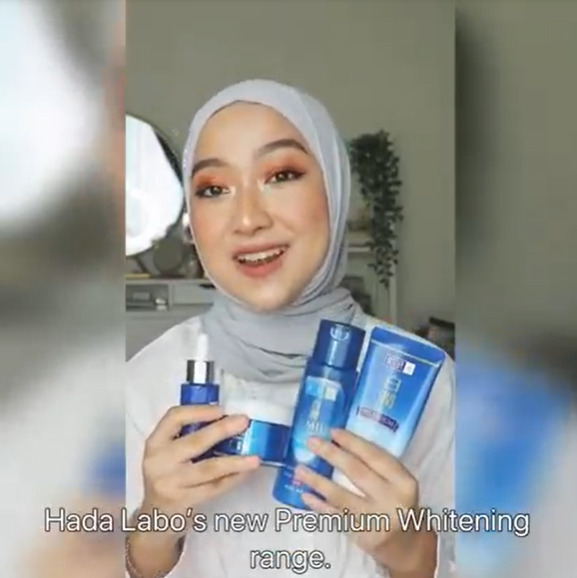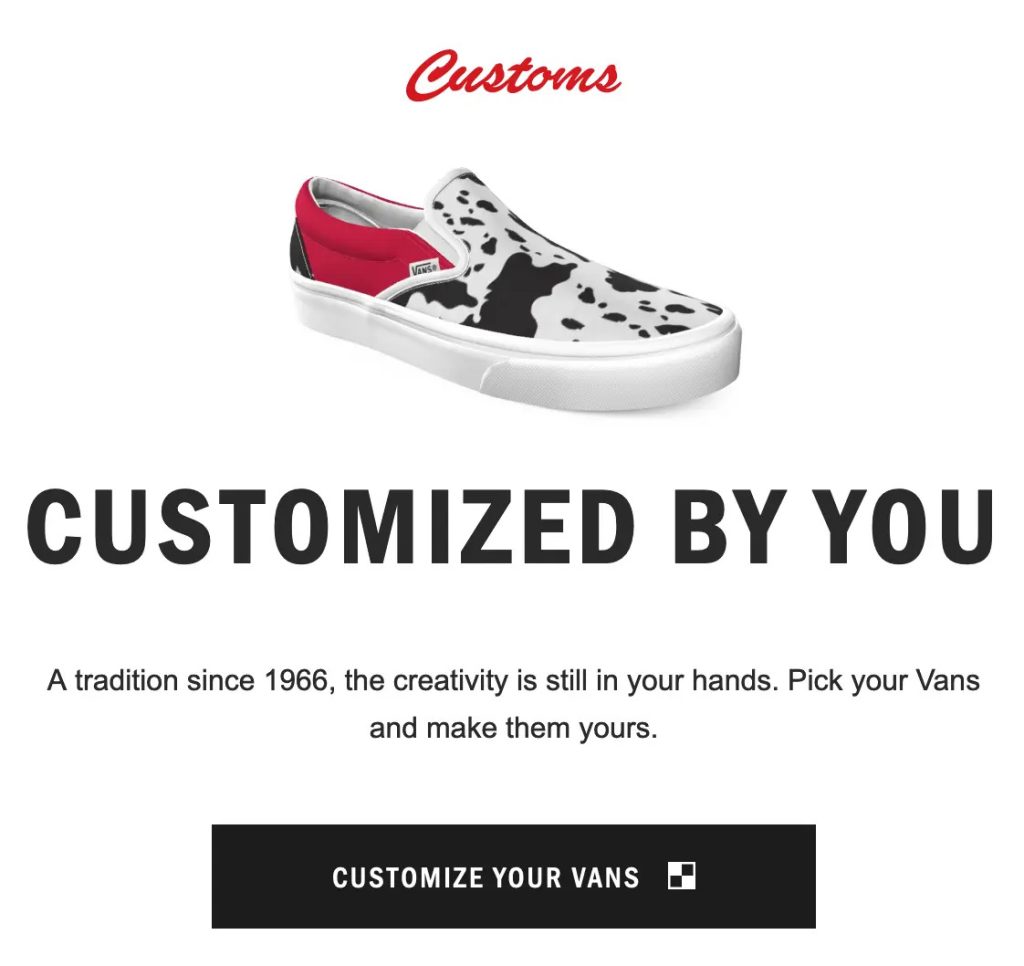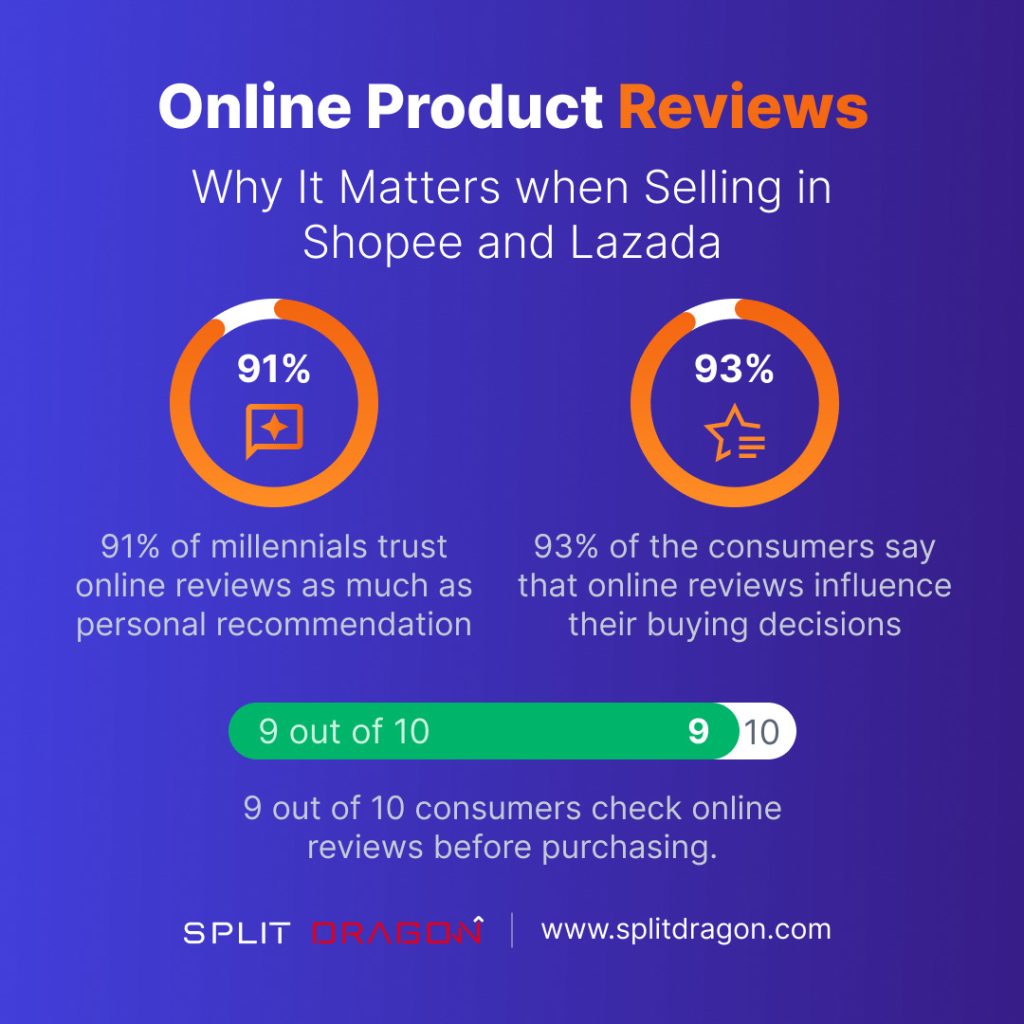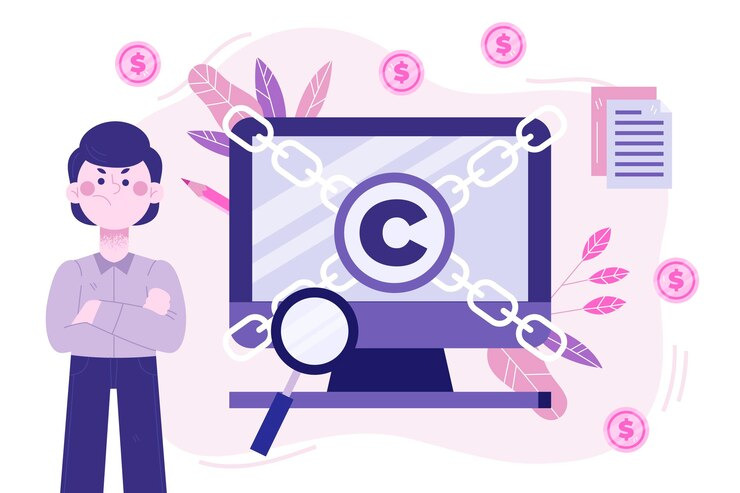User-generated content (UGC) refers to any form of content—such as text, videos, images, and reviews—created and published by unpaid contributors, typically consumers or fans of a brand. In Malaysia, the significance of UGC has surged in recent years as digital platforms have become integral to consumer behaviour and marketing strategies. This article explores the current trends in User-generated content within Malaysia, its impact on consumer behaviour, the challenges faced, and the future landscape.
Table of Contents
Why is User-Generated Content Important for Brands?

UGC is content that comes from customers rather than from the brand itself. This content could be a review, a photo of a customer using the product, or a video sharing their experience. It’s valuable because it’s seen as more trustworthy and authentic than traditional advertising.
For instance, if a Malaysian customer shares a photo of themselves enjoying Old Town White Coffee, others are more likely to trust the review than an ad because it shows an authentic experience. Consumers value seeing how a product works in real life.

4 Types of User-Generated Content Creators in Malaysia
In Malaysia, UGC creators aren’t just influencers. They’re everyday consumers, social media users, and even brand advocates who regularly share their opinions. Here are some key types of creators:
1. Everyday Consumers
The largest group of UGC creators comprises everyday consumers who share their experiences with products and services. This can include reviews, testimonials, and social media posts featuring brands they love or have recently tried. A study indicates that consumers trust peer-generated content more than traditional advertising, making their contributions highly valuable.
Example
A shopper or content creator buys a new gold bracelet from Poh Kong and posts a picture with the hashtag #PohKongJewels. Their post encourages their friends to check out the brand.

2. Social Media Influencers
Influencers play a significant role in creating UGC, often by promoting brands through their content. They leverage their established audiences to generate authentic content that aligns with their brand, helping companies reach broader demographics.
Example
In Malaysia, influencers like Aisha Liyana have collaborated with beauty brands such as Hada Labo, sharing their skincare routines and how the products improve their skin. She posted a video on Facebook detailing her experience, highlighting the benefits of the products and their impact on her skincare journey. Her honest review helps the brand build credibility and connect with potential customers who value genuine endorsements.

3. Content Creators
This group includes bloggers, vloggers, and podcasters who generate content around specific themes, such as beauty, travel, or tech. Their dedicated followers often trust their recommendations, making their content a powerful form of UGC.
Example
Popular Malaysian YouTuber Bidin from Waknat TV recently collaborated with Tourism Perak to create an engaging travel vlog showcasing the state’s hidden gems. In the video, Bidin explored iconic spots such as the mesmerising Gua Tempurung caves, the historical Kellie’s Castle, and the breathtaking Ipoh street art scene.
The campaign inspired viewers to explore Perak and created a vibrant community of travellers exchanging tips and stories, boosting Tourism Perak’s visibility among a younger audience.
4. Brand Advocates
Many brands cultivate relationships with loyal customers who become brand advocates. These individuals promote the brand on social media, creating content highlighting their positive experiences. Brand advocates can generate more authentic user-generated content as they connect deeply with the brand.
Example
Sofiashra, a popular TikTok content creator, has become a notable brand advocate for Uniqlo Malaysia. Known for her stylish yet minimalist approach to fashion, she frequently features Uniqlo’s garments in her viral Get Ready With Me (GRWM) videos.
This collaboration has positioned Sofiashra as a trusted voice for the brand, effectively connecting Uniqlo with a young, fashion-forward audience in Malaysia.
How User-Generated Content Affects Consumer Decisions?
UGC influences how people make decisions. When Malaysians see others using a product or service and sharing their opinions, it builds trust and makes them more likely to buy.
Example
Imagine you’re thinking about buying a Xiaomi phone. Before making the purchase, check Facebook or TikTok to see what others say. If you find UGC-like reviews, unboxing videos, or pictures of friends enjoying the phone, you’re more likely to feel confident about your purchase decision.
Here is an example of a Xiaomi gadget review on the TikTok platform;
Research shows that 78% of consumers trust user-generated content more than traditional ads, and UGC leads to higher sales.
2 Impacts of User-Generated Content on Consumer Behavior
User-generated content plays a significant role in influencing consumer behaviour by fostering trust and authenticity. Unlike traditional advertising, UGC offers a peer-to-peer approach, where real users share genuine experiences and opinions. This type of content helps consumers feel more connected to brands, driving engagement, trust, and, ultimately, purchasing decisions.
Here are some key impacts of UGC on consumer behaviour in Malaysia.
i) Trust and Credibility
User-generated content significantly influences purchasing decisions in Malaysia. Studies have shown that consumers trust peer reviews more than traditional advertising. Positive User-Generated Content can enhance a brand’s credibility, making potential customers more likely to purchase based on recommendations from other users.

The customer decision-making process involves five stages: Awareness, Consideration, Decision, Purchase, and Advocacy. User-generated content (UGC) plays a key role at each stage by creating genuine connections and influencing decisions.
UGC grabs attention during the Awareness stage, while reviews and ratings guide consumers during the Consideration stage—79% of whom research online before buying. At the Decision stage, UGC with affiliate links often leads consumers directly to purchase. Finally, satisfied customers share positive feedback, become advocates, attract new customers, and complete the cycle.
ii) Brand Engagement
Brands in Malaysia have increasingly embraced user-generated content as a marketing tool. Successful campaigns often highlight user content, creating a sense of community and encouraging more participation.
For instance, a rising TikTok sensation, babycumiiiyyy gained massive attention with his viral Majuk Challenge. Recognising the trend, skincare brand Glad2Glow seized the opportunity to collaborate by sending their products for him to feature in a fun and relatable video.
In the content, Baby Cumiiiyyy and his friends showcased the skincare routine while engaging in the challenge, creatively integrating the brand’s products into the trending moment. This increased the brand’s visibility and connected it to an audience already captivated by the challenge.
Real Example of User-Generated Content From International Brand
- Vans’ “Customs”
Vans allows shoppers to design custom shoes and share their unique creations online.

This approach allows customers to co-create products, strengthening their emotional connection with the brand. It boosts organic word-of-mouth marketing and increases brand awareness as users share their unique designs on social media, naturally promoting the Vans brand.
Product personalisation like this is widely adopted by brands like Nike and Dr. Martens, who leverage user-generated content to encourage creativity and individuality.
3 Challenges of User-Generated Content
User-generated content (UGC) can be precious but comes with specific challenges that brands must navigate carefully. Issues like maintaining content quality, protecting brand reputation, and managing copyright concerns can arise, requiring thoughtful moderation and strategic planning.
Below are some of the key challenges associated with UGC in Malaysia.
1. Quality Control

One of the primary challenges of UGC is maintaining quality and accuracy. Misinformation or negative experiences shared by users can tarnish a brand’s reputation. Companies must implement strategies to monitor and address these issues proactively.
Example
If a customer posts a negative review about a product like Shopee, the brand needs to respond quickly and professionally to resolve the issue rather than ignoring it.

Reading and checking ratings gives shoppers a clear idea about the product and helps them decide whether it’s worth buying. A study shows that 9 out of 10 consumers check online reviews before purchasing.
2. Copyright and Legal Issues

Legal implications surrounding UGC, such as ownership rights and content usage, pose brand challenges. Misusing a user’s content without permission can lead to legal disputes, highlighting the need for clear guidelines regarding UGC.
Example
Nike exemplifies a responsible approach to user-generated content by always seeking permission before using content created by others. For instance, if a user posts a striking photo featuring Nike products on Instagram, the brand reaches out to the account owner to request explicit permission to feature the image in their marketing campaigns.

This approach respects copyright laws and fosters goodwill between the brand and its community of followers, reinforcing trust and transparency.
3. Negative User-Generated Content
Sometimes, not all User-Generated Content will be positive. Brands need to handle bad reviews or complaints tactfully.
Example
GrabFood implemented a feature allowing users to leave written reviews in 2022, leading to over 13.5 million reviews. While ratings previously ranged from 1 to 5 stars, the new system enables users to detail their experiences. This has provided valuable insights but also exposed merchants to public criticism.
For example, a restaurant receiving repeated complaints about late delivery or poor packaging could affect its reputation. However, this feedback also allows businesses to address issues and improve customer satisfaction, turning challenges into growth opportunities.
What is The Future of User-Generated Content in Malaysia?
As digital engagement grows, the future of user-generated content (UGC) in Malaysia will likely evolve with new trends, platforms, and policies. UGC is expected to continue shaping brand-consumer relationships, emphasising authenticity, community-driven content, and technological integration, such as AI tools for content moderation.
Let’s explore some anticipated developments that could define the next phase of UGC in Malaysia.
- Predictions for User-Generated Content Trends
The future of UGC in Malaysia points toward increased video content, especially on platforms like TikTok, where engagement is high. Furthermore, the integration of augmented reality (AR) and virtual reality (VR) into UGC can provide immersive experiences for consumers.

- Role of Emerging Technologies
Emerging technologies like AI and machine learning will be crucial in moderating and personalising UGC. These technologies can help brands filter content and provide tailored experiences based on user preferences, enhancing engagement and satisfaction.
Conclusion
User-generated content (UGC) is revolutionising the digital landscape in Malaysia, offering brands an unparalleled opportunity to engage authentically with their audience. Businesses can foster trust, credibility, and stronger connections with consumers by leveraging UGC trends. However, effectively managing UGC comes with challenges, requiring careful strategies to maintain a positive brand image while capitalising on its potential.
As technology evolves, so too will the ways brands harness UGC to create meaningful consumer interactions. For businesses seeking expert guidance in navigating UGC strategies, Newnormz stands as a trusted partner. As a leading digital marketing agency, Newnormz helps brands unlock the true potential of user-generated content while ensuring alignment with broader social media marketing goals. With the right approach, UGC remains an invaluable asset in shaping the future of marketing in Malaysia.
Frequently Asked Questions
1. Why Is User-Generated Content Influential For Brands?
UGC is essential for brands because it fosters authenticity and trust among audiences. When customers see real people engaging with a brand’s products, they’re more likely to view it as credible and relatable. UGC also encourages community building and can enhance brand awareness without traditional advertising.
2. How Do Brands Encourage Users To Create User-Generated Content?
Brands can inspire users to create UGC by running contests, using branded hashtags, offering incentives, or encouraging product reviews. Many brands also feature UGC on their social media platforms and websites, which motivates users to share their content in hopes of being highlighted.
3. How Can User-Generated Content Impact Purchasing Decisions?
UGC greatly influences purchasing decisions by providing social proof. When potential customers see others sharing positive experiences or using a product daily, it can increase their confidence in purchasing. UGC adds an element of authenticity that can make the brand more trustworthy and relatable, often boosting conversion rates and sales.
4. Are There Any Risks Associated With User-Generated Content?
Yes, UGC has potential risks, including inappropriate or off-brand content associated with a brand. Without proper moderation, UGC can sometimes include harmful or misleading information. Brands must have guidelines and actively monitor UGC to ensure that it aligns with their brand values and messaging.
5. What Legal Considerations Should I Be Aware of When Using UGC in Malaysia?
Respecting intellectual property rights and privacy is essential when using UGC in your marketing efforts. Ensure you have explicit permission from the creator to use their content, especially if it features identifiable individuals.
Adhere to Malaysia’s Personal Data Protection Act (PDPA), which governs personal data collection, use, and storage. By obtaining proper consent and respecting privacy, you mitigate potential legal risks and foster trust with your audience.






